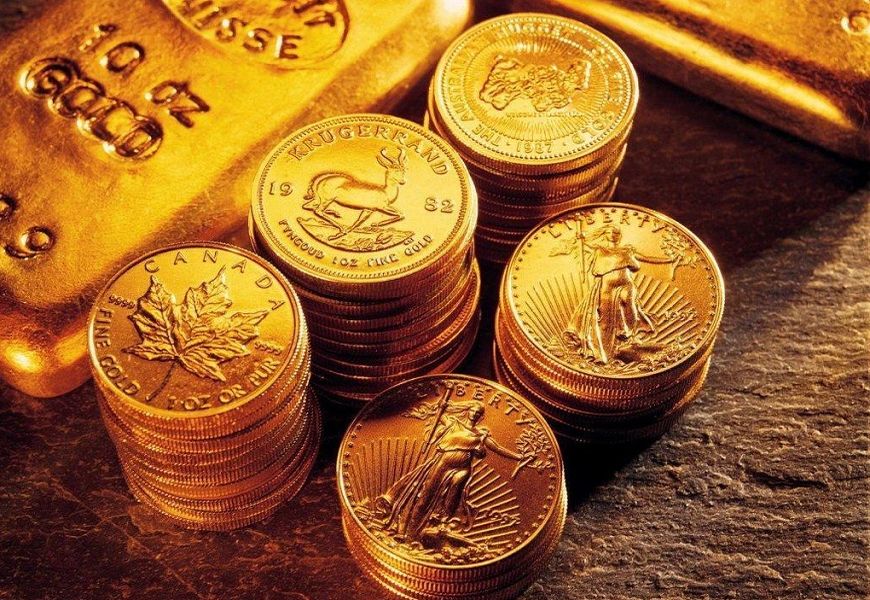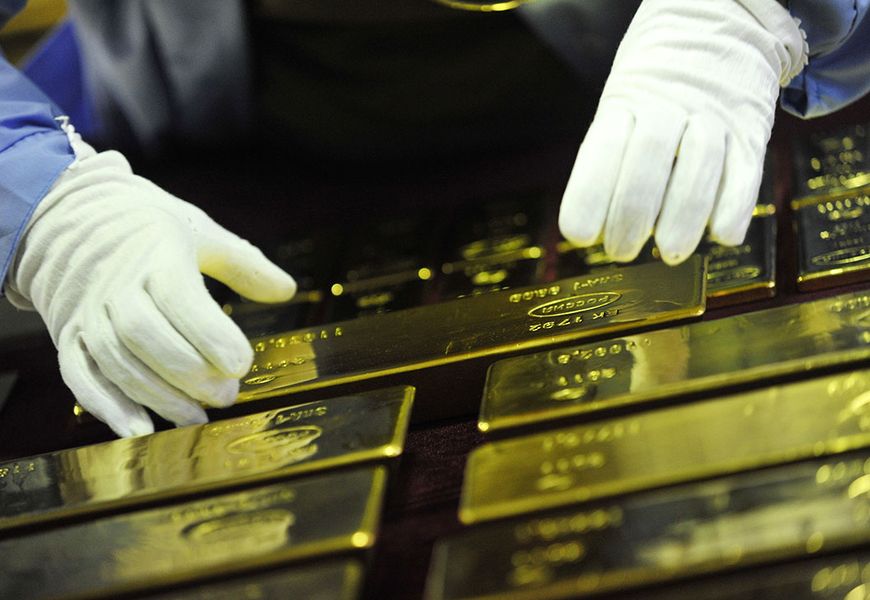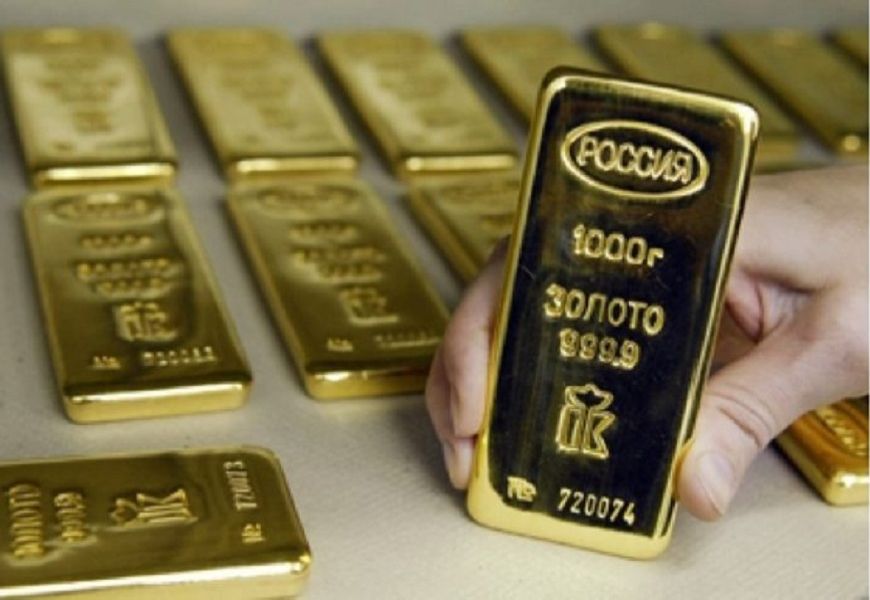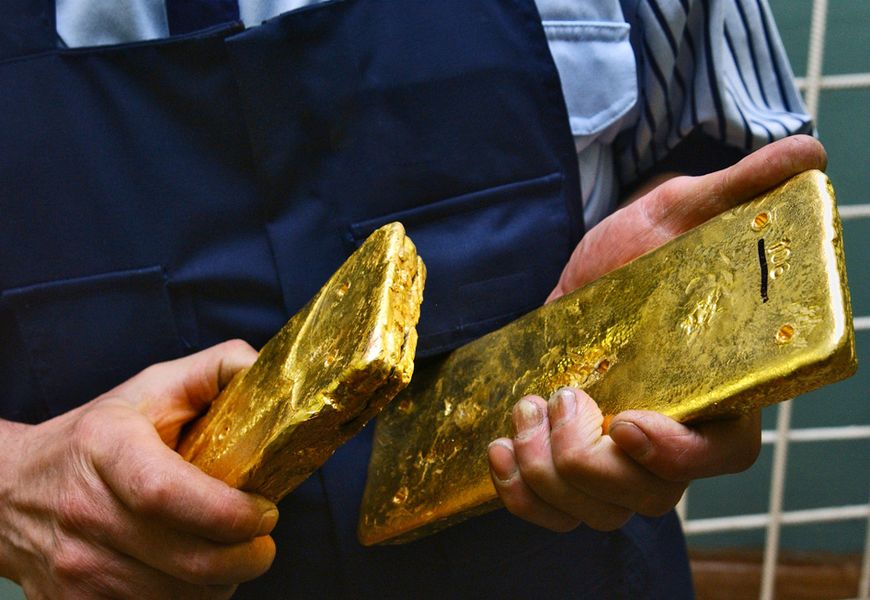Previously gold was almost the only means of payment worthy of trust. It was used for many centuries, but over time it was replaced by paper money. Today there are still supporters of a system based on the gold standard. There are also opponents. To understand whether it is worth returning to this type of economic relations, it is necessary to examine the impact of the yellow metal in more detail.
Gold as a medium of exchange: historical facts
When the question of what is gold standard, it is necessary to know more about the material that formed the basis of such a system. Gold came to replace improvised means, products, and articles of clothing in ancient times. Money was used for cocoa beans, skins, furs of slaughtered animals, and even shells - anything that was popular among the population of a particular area was highly valued.
Later attention turned to precious metals, as the former "currency" was no longer universal. The lack of unified money The means of payment, operating in different areas, did not facilitate trade. Simply put, the seller did not need "cocoa beans" (or other means of payment that were not in use in the territory).
Why gold?
At some point, a more universal "currency" was chosen for settlement. Gold became that currency. This is due to the properties of the metal:
- rarity: gold and silver were rarer in nature, which contributed to their appreciation;
- the ability to divide while retaining its original value: it was possible to make small-sized coins without losing the properties of the metal;
- Characteristic features distinguish precious metals, especially gold: it is characterized by softness, creates a special sound effect when checking for authenticity, is characterized by a rich yellow color, luster, significant weight;
- long service life: the metal does not lose its external properties (acoustic characteristics, weight, color), not susceptible to corrosion.
But these same properties prevented the exchange of money, because the soft metal all the time striving to cut, reducing their size and weight.
In addition, the proliferation of gold coins and their disappearance contributed to a reduction in the amount of valuable means of payment, which could have affected the economy.
The emergence of banknotes, currency: causes, consequences
In the period when there were difficulties in handling gold coins, they began to gradually switch to silver coins. This simplified the actions of exchange: they are lighter, but retain their value, although they cost less than Au. Then a new word appeared in the speech circulation - bimetallism. Later there was a transition to a more accessible metal.
Throughout the history of mankind, the return to the precious metal has occurred many times. In the end, all the same had to face difficulties in exchange, other transactions. The reasons for the introduction of a completely new system based on the use of paper money - banknotes:
- hampered emission;
- the difficulty of transportation, because gold is known to weigh a lot;
- the loss of coins required the issuance of the missing share of money, which was difficult to implement in a short period of time;
- The coins are not considered standard coins, but they have a weight reduction due to natural wear and tear, which makes it impossible to classify such coins as the weight of the declared value;
- It is easy to damage the money, since gold with minimal impurities was used to mint the coins.
Coins were stored in specially designated places, did not lose their properties, and the risk of losing the precious metal was minimal. Paper money was in circulation, they were conditional certificates, which had the same value as the yellow metal, but there is no need to carry a large number of coins - you can list or transfer any amount of banknotes.
Later, the peg to the precious metal was abolished. This led to some easing of the money issue, it became possible to print banknotes, even if some of them are not backed by gold. A surplus of such funds always contributes to inflation - a poorly controlled rise in prices of goods and services begins.
Such a mechanism contributed to the increase in the value of Au from $35 to $1,900 (over 44 years).

What is the gold standard in economics
The introduction of the gold standard allowed to solve a number of problems associated with the circulation at the lowest level - between consumers, to create a more well-functioning mechanism of control of money in the country, to increase their conventional weight in the world market. By definition such system is based on application of unit of calculation equal to standardized amount of gold.
There is a fine line between the concepts. So, paper banknotes fulfilled their function - they allowed foreign exchange operations (exchange, purchase, sale). But by their properties they corresponded to gold - they had the same valueThe first time they were exchanged for precious metal.
On the other hand, the standard introduced was still different from gold itself. For example, this method of calculation allowed to restrain inflation only to a certain extent, but not completely. If banknotes were in all respects equivalent to the yellow metal, there could be no such thing as a rise in prices. So, gold money is a conventional name for the unit of account, because in the absence of collateral (precious metal), banknotes lose value.
The gold standard became known as the unit of account because its value was guaranteed, the monetary instrument was rigidly fixed to a certain share of Au. A person in possession of it was free to exchange it for a certain amount of precious metal.
The gold standard system strengthened the position of the national currency not only within the country, but also in cases where businesses, companies were entering the foreign market.
The function and importance of gold currency in a country's economy
The main purpose of the gold-based system was to create a fixed exchange rate. As a result, there was a conditional equality in international settlements. Transactions were simplified and all participants were more trustworthy.

The peculiarity of the monetary system of that time was the unrestricted import and export of the yellow precious metal. But to maintain its functioning it was required to set the rate of the national currency inside the country so that it was possible to exchange banknotes for gold. The further abolition of this system by one state (for example, the country that set the global policy direction at that time) gradually led to the fact that others abandoned this method of calculation.
There was parity and the concept of "golden points", which allowed to control the deviation of the currency from the introduced standard. An error of no more than +/-1% was allowed.
When it comes to conversion, we must remember that in the days of settlement with gold money, it was possible to convert bullion and banknotes into coins. This limited the government's ability to issue bullion. They could only be made with the gold reserve of the country.
In addition, certain actions were taken - the regulatory policy was changed. It was carried out by the currency control authorities. As soon as an increase in interest rates was noted (for example, against a background of a deficit of means of payment), measures were immediately taken to help balance the foreign economy and ensure the stability of the currency. The most effective was the deflation effect (temporary artificial deceleration of the economy).
Risks of unsecured money
When banknotes are unlinked to any type of collateral (the most common is gold), it has a very bad effect on the country's foreign, domestic economic activity. Money that is printed in some quantity in excess of the declared value of the gold reserve provokes the least dangerous consequences in the form of inflation. But that's not all: if a country declares financial bankruptcy (for various reasons), banknotes will lose all power, because this "gold money" without collateral becomes a sham.
A precedent has already taken place (U.S., 1971): President Nixon announced the end of the dollar exchange, which the world's financial institutions (including central banks) owned.
Types of the gold standard
The move to the gold standard primarily meant using some form of collateral to enhance the value of the currency. In most cases the implication is application of the yellow precious metal. However, there were other varieties of the gold standard.

Monetary
The gold-metal method of settlement under this scheme is based on the use of coins made of precious metals. Previously, at some point gold and silver money remained in use. Then the concept of "bimetallic means of payment" appeared. Their different kinds were used for trade transactions of varying magnitude: large, small. Coins of a certain type were used accordingly to the occasion. Each variety had its own disadvantages:
- The small ones (pennies, farthings) were quickly lost;
- large goldThe metal had different properties if compared with pure gold, so there were often forgeries;
- silver coins of large denomination were distinguished by their large size, which caused discomfort during their carrying, in use.
Later it was decided to switch to one of the metals. This is how monometallism came about. It provided for the possibility of using only gold or only silver. It was a simpler method of payment, but the choice of one system limited the function of the means of payment. This was due to the difference in the price of precious metals.
Slit
The introduced system implies the redemption of money not for coins, but for bullion. The principle of calculation remains the same as in the case of the monetary variant. And the system was introduced after about 100 years on the territory of Great Britain. Considering that it promoted reduction of expenses for maintenance of payment system, from a gold bullion variant was not in a hurry to give up. Another advantage was the ability to withdraw gold from circulation, to use it only for their intended purpose inside the country. Coins were replaced by tokens, which performed the same function.

Currency and motto
Another name is the gold and currency standard. This settlement scheme was based on the possibility of securing with gold, but the exchange of banknotes was also possible in other ways - not only with Au. Thus, there was no guarantee for the security of the currency. Financial institutions, which had the possibility of issuing, offered not gold, but another kind of money of a third-party issuer in return (provided that he also used a similar settlement system).
The most striking case of such a scheme is the U.S. situation after the war. It was possible to exchange banknotes for gold inside the country. However, other countries offered U.S. currency for banknotes. As a result, the conventional name of this system appeared - the gold-dollar system.
We need to understand what the gold-device standard is. It also has its own characteristics. Not everyone knows about the existence of this system, so we need to study the basics more in-depth. For example, the gold-denomination standard, as well as the gold-currency method discussed above, implies the possibility of exchanging banknotes not for gold, but for the currency of the issuing organization (or country). The basis for payments is the means of payment of the other state, provided they are sufficiently protected against a fall in the exchange rate.
An exchange into the currency of the issuing country is possible if it adopts a gold-denominated system. This ensures a higher value than if conversion to the currency of a country that also adopts a gold-denominated (aka gold-currency) standard is offered.
From the above, it is clear that the gold-device standard and the currency variant are one and the same. The system got such a name due to the definition of stable currency by the word "motto". If the gold-denominated standard is considered, the dollar or the pound used to be the collateral (the motto) most often.
The gold standard in America and Europe
Different states came to the use of the bundle of Au and banknotes at different times. Around XIII they decided to introduce a silver standard in Europe, a couple of centuries later bimetallism appeared. But it didn't hold its position either, soon (at the Genoa Conference) another system was adopted - gold was defined as the standard (new standard).

On the territory of Great Britain gold currency appeared closer to the beginning of the XIX century. This method of calculation was abolished shortly before the war (1931). Domestically, it had another definition - the Paris Currency System. It had such a name for a reason, as it was the result of an agreement between some countries (Europe, America) at a conference with the same name. But 1944 was marked by the creation of the gold and currency system.
This is the result of the Bretton Woods Conference. At that time, 44 countries were pegged to the dollar (the currency was equated to a certain amount of gold).
Russian practice of the standard
Initially, in the 19th century, the silver standard was defined in the territory of the Russian Empire as the main payment instrument. It was the result of Kankrin's reform E. V. The way to the silver standard was thorny. During the preparation for the transition the country overcame an almost complete depreciation of the ruble. The existence of such a standard was not long. The emperor approved the transition to a second, but already golden, settlement scheme. Its introduction marked the end of the 19th century (1897). It was promoted by S. Witte. However, Stolypin's actions in the political arena of the time also made a significant contribution.
Why the standard was abolished
In the territory of different countries there were events that led to the crisis. At the same time, modern analysts said that for the development of the economy requires its slight shaking, such a function is performed by a small inflation. The stability provided by the gold standard has led to stagnation. Accordingly, this type of payment scheme did not suit the participants of international relations, but the understanding of this came later. At the same time, there was a transition from this settlement scheme to another. The abolition of . gold standard в Russia (already in the territory of USSR) happened involuntarily. Then they started to introduce clearing.
Clearing refers to non-cash settlement, which provides an opportunity to maintain annual turnover, between countries, representatives of the boards of different companies for securities, goods or services.
Is there a gold standard today
In the form in which the "currency-gold" bond worked previously, it is no longer in use. The gold standard of Russia remains one of the best systems of calculation, but analysts point out its significant shortcomings. Today such a system is used as a conventional basis for many cryptocurrencies - they are also tied to gold.
Gold standard currency: ruble, dollar, euro
The well-established rules for pegging currencies to the dollar after the abolition of the settlement scheme using zowed money have been in effect for a long time. Since then, these means of payment have been constantly strengthening in their positions and have become widespread. A similar system exists today in Europe - the currency of 18 countries is pegged to the euro. The ruble, too, is not pegged to the yellow metal. Even if you translate gold reserve into the reserve to secure the national currency, its quantity will not be enough to create the basis for increasing the value of the ruble.

Return to pegging the ruble to gold: pros and cons
Within the framework of the numerous restrictions that apply to all countries that form the world economy, it is not yet possible to return to the old system of payments. But if we do consider such an option, we must first make a number of changes in the policy of the Central Bank and the Ministry of Finance to avoid the final that everyone has already seen in the last century.
Video: will the gold standard become a reality
Ambiguous expert opinion
Today the volume of gold production is not so high, many countries have surrendered their leadership position compared to previous years. First, it is necessary to provide the country with a huge amount of precious metal, which will entail additional costs. But this is the sequence in which we can talk about the return of the gold standard today.


The status of the dollar has strengthened tremendously over the past dozen years. There is no need to study analysts' reports to understand this. But just such a position of the currency will lead to a confrontation between the countries which will decide to return the gold standard, as the U.S. does not want to lose its position.
If we try to peg the ruble to gold, we will still not achieve the level of stability we seek, because the price of Au is not constant. It changes under the influence of many facts and is not controlled. As a result, we can put the country in a difficult situation where the exchange rate will be floating without the ability to influence it.

